Last week, in our Tips for fearless lightning talkers, Susan Milligan looked at how to prepare and get the most out of presenting a lightning talk at conference. This week we hear from speakers and audience members about what they thought of the experience.
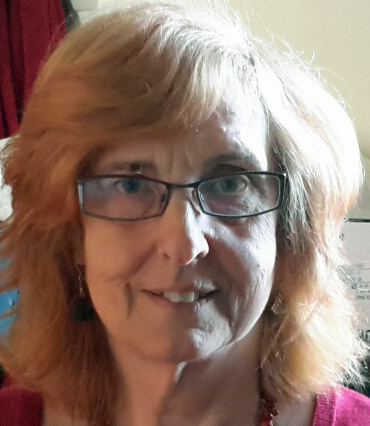 I get lightning talks and elevator speeches muddled up. Both are fast, to the point, explanatory and self-revealing. Well, that’s the point, isn’t it? To tell us something about yourself that we didn’t know in as short a space of time as possible.
I get lightning talks and elevator speeches muddled up. Both are fast, to the point, explanatory and self-revealing. Well, that’s the point, isn’t it? To tell us something about yourself that we didn’t know in as short a space of time as possible.
However, these two types of presentation are quite different. Everyone giving a lightning talk is restricted to the same length of time for their address and, certainly for the talks I went to, they are accompanied by PowerPoint slides. Whether that’s to help the listeners or the talker, I’m not sure. Elevator speeches, on the other hand, can vary in length – are you going up (or down) ten imaginary floors or just two? – and they need to answer the who I am, what I do and why kind of questions to give the listener a snapshot of the speaker. They’re useful for networking.
Lightning talks are ‘snappy, illuminating and gone in a flash (the clue’s in the name)’. They are also seen as an opportunity ‘for novice public speakers to have a go in front of a friendly crowd’. I’m quoting here from the ‘bumf’ from the SfEP 2015 conference, which is the last, and I think, only time I’ve heard them. I don’t remember ‘snappy’ or ‘flashy’, but illuminating, yes, definitely. Of the two lightning talkers who stand out in my memory, both were SfEP members and I knew each of them to speak to.
One, I’m mentioning no names, spoke about a former career as a sub-editor on a busy daily paper, an interesting and oblique slant on editing compared with ‘our’ version of the practice. That talk was good fun: there was humour and warmth, and perhaps a tinge (but only a tinge) of regret for the busy lifestyle and close companionship of a sub-editor’s day, now left behind.
The other speaker? Well, I confess that from here, two years later, I can’t remember anything about the content of the speech – which is not meant as the criticism it sounds like – 2015 was a bad time for me and my thoughts were often not where they should have been at any given moment. But I do have a clear memory of feelings. There was laughter, yes, and a ready wit, with those wonderful snappy, dry-humour sound bites that I wish I could master. (See, there you are, it was snappy after all.) There was also a feeling of surprise, a dawning realisation of something I had not previously been aware of, and then a strong sympathy or empathy that this person who I knew as witty, confident, clever, was actually, underneath it all, vulnerable.
So, lightning talks: as a listener, a good way to find out what makes someone tick, which can be fun, which can be sad, and which, I would think, must take a chunk of courage for someone to undertake, standing there in front of everyone. Exposed, as it were. For the listener, it’s entertaining, informative and sometimes surprising. For the speaker? Well, that’s something altogether different, I would think; wouldn’t you?
 Two years ago I attended my first ever SfEP conference. And two years ago I was asked to give a lightning talk at my first ever SfEP conference. Was I mad? Yes. Did I enjoy it? Yes. Would I do it again? Hell yes.
Two years ago I attended my first ever SfEP conference. And two years ago I was asked to give a lightning talk at my first ever SfEP conference. Was I mad? Yes. Did I enjoy it? Yes. Would I do it again? Hell yes.
Now, let’s be honest here. I was petrified. I hadn’t given a talk for years. The last time I really stood up in front of an audience was when I taught a night-class, and that was uncomfortable every single time. But when Lucy asked me to give a lightning talk I said yes because it was only five minutes, and how bad can that be, right? Famous last words.
I didn’t really know what to expect, but I sorted myself out, dug out PowerPoint, made slides and wrote up a slightly tongue-in-cheek talk about superpowers. It was the only way to go as I felt I had no right to stand up in front of a bunch of editors and talk to them about my limited editorial experience.

When the time came, Kat and I sat together waiting as if for the call to the scaffold. It was her first time too. I can’t speak for her, but I was a nervous wreck. There was a room full of people. All looking at the speaker. All of them. Looking.
But you know what, when I stood up there, despite sounding like Minnie Mouse on helium, I think it went ok. People laughed (when they were supposed to). They paid attention. And no one walked out. I was in a room full of professionals and no one heckled, I didn’t pass out and the tech mostly worked.
I won’t say it was fun. It wasn’t at the time; it was an adrenaline rush, which is something completely different. But it was a worthwhile experience, and as a newbie it actually got people approaching me afterwards. People said they enjoyed my talk, they liked my blog … they actually knew who I was!
From first walking into the room and realising just how many people were in there (I honestly thought there would only be about ten people in the audience) to walking back to my seat afterwards, it was terrifying. But that’s a natural response for a slightly socially awkward, imposter-syndrome-suffering newbie. When I had time to reflect, I realised just how much I’d actually enjoyed it and how useful it was for my professional progression. I’ve done it now, I can do it again and it will be less scary.
What surprised me was just how diverse everyone’s talks were. When you are new you don’t know what to expect, but with everyone only having five minutes, the talks crammed in an awful lot of information. It wasn’t boring in the slightest, or preachy, or heavy. Everyone gave an interesting, informative talk without having to pad it out to reach the time limit, and the audience seemed to enjoy the variety.
What did I learn that was unexpected? I learnt that I can actually do this. Despite being out of practice, feeling that I didn’t know anything interesting, and being literally scared stiff, I learnt that anyone can get up there and give a short talk. Editors are a lovely bunch who are supportive and attentive, and even the conference organisers and main speakers get nervous.
If you are asked to give a lightning talk, for heaven’s sake say yes. If you say no you’ll never realise just what you can do, and a few minutes of the adrenaline rush is so worth it. Don’t let the fear take hold.
For those wondering whether to go and see the lightning talks, I’d say give it a whirl. The diversity of talks is stimulating, never dull and often informative. You’re bound to learn something new and it’s a great way to be introduced to new things and new speakers, without committing a whole hour to one subject.
 Five minutes sounds like a long time to talk uninterrupted, with a whole roomful of eyes fixed upon you (and not just any old eyes, the beady eyes of editors and proofreaders at that). I was surprised, therefore, when I timed my lightning talk, telling my partner to interrupt me at the five-minute mark. I was rudely interrupted just as I was getting into the flow of things.
Five minutes sounds like a long time to talk uninterrupted, with a whole roomful of eyes fixed upon you (and not just any old eyes, the beady eyes of editors and proofreaders at that). I was surprised, therefore, when I timed my lightning talk, telling my partner to interrupt me at the five-minute mark. I was rudely interrupted just as I was getting into the flow of things.
‘What?’ I snapped.
‘Time’s up,’ he said, gesturing at his stopwatch.
As I looked down at the whole side of A4 I hadn’t got to yet, I realised then that preparing a lightning talk was not a case of trying to fill five minutes, but rather of trying not to exceed five minutes.
When I was first approached about doing a lightning talk, I signed up with the airy confidence of someone who is signing up for something months in advance and hasn’t really thought about the implications. As it grew nearer, I became uncomfortably aware that soon, very soon, I would be standing at the front of a room attempting to keep the attention of a rather intimidating number of colleagues. As an editor, I’m no stranger to hacking and slashing things, but as we all know, it’s difficult when it’s your own work. Preparing for my lightning talk forced me to be utterly ruthless – and I actually think it was a nice little challenge in editing too. I slashed and cut and binned and tweaked until I was within the five-minute mark with a few seconds spare. I chose to use a PowerPoint presentation to give my talk some visual context (and only slightly because the thought of everyone looking only at me for five whole minutes gave me palpitations) and tried to make the tone informative but entertaining.
Of course, I needn’t have been anxious. As with everything I have done regarding the SfEP, the people were gracious, welcoming and enthusiastic. And what a superb icebreaker when the speaker before me unknowingly used a rather amusing mistake I’d let through in my former life as a newspaper chief-sub as an example of sentences with a double meaning! For the rest of the weekend, I was amazed at the number of people who went out of their way to find me and tell me how much they had enjoyed my talk (which was about my career in newspapers and the challenges of editing a large daily paper). I was also amazed by the diversity of topics discussed by the other speakers, and the different approaches and methods each speaker chose to deliver their lightning talk. One thing was consistent with all of them, though – they spoke with a passion which was infectious and genuine.
For me, doing a lightning talk was a fantastic challenge, speaking both as an editor and just in terms of character building. I won’t deny I was nervous, but the sense of accomplishment after more than made up for any nerves. I can’t wait to hear what this year’s speakers have in store for us!
 There’s always a conference session that I wish I hadn’t missed, and the first lightning talks was one. I forget why I missed it – I’m sure the session I did attend was excellent (as, of course, all SfEP conference sessions are) and maybe I thought I’d seen it all before. I’d first watched lightning talks at a writers’ conference and was struck by this miraculous resurrection of ‘death by PowerPoint’ – each slide was a photo or very short text, bringing the emphasis back to the content and making more of an impact than a string of bullet points ever could. But how would editors handle the challenge?
There’s always a conference session that I wish I hadn’t missed, and the first lightning talks was one. I forget why I missed it – I’m sure the session I did attend was excellent (as, of course, all SfEP conference sessions are) and maybe I thought I’d seen it all before. I’d first watched lightning talks at a writers’ conference and was struck by this miraculous resurrection of ‘death by PowerPoint’ – each slide was a photo or very short text, bringing the emphasis back to the content and making more of an impact than a string of bullet points ever could. But how would editors handle the challenge?
Well, I found out the following year when, somehow, I found myself giving such a talk and discovered it’s where the cool kids hang out. Stylishly compered by Lucy Ridout and Robin Black, it was the highlight of my weekend – after all, who could resist short, enthusiastic talks about subjects as diverse and of as much interest to editorial professionals as Barbara Pym novels, the ubiquity of Aristotle and life as a newspaper sub?
My own talk covered my disastrous attempt to learn British Sign Language (spoiler: I failed the exam). I don’t remember being nervous as it was so much fun – more fun than learning sign language, anyway. Here’s a tip for prospective speakers: it’s amazing how fast time goes so I set each slide on a timer to avoid the talk overrunning.
Would I do it again? Certainly one day, although I’m already committed to running another session this year. But I am already looking forward to the latest crop of lightning talks, so do join me in the audience, eagerly soaking up our colleagues’ wit, skills and knowledge.
Sounds like fun? If you’re interested in doing a talk, please email your proposed title and a one-line summary to editor@lucyridout.co.uk by 28 June. This year we’re looking for talks around the conference theme Context is key: Why the answer to most questions is ‘It depends’. Or perhaps you just want to watch? That’s ok too. See you there?
 Emily Gleeson is a fiction editor based in Australia, who proclaims an eclectic taste and a preference for stirring subtlety, bold truths and vivid imagery, but whose real delight comes from the happiness her clients find in their achievement. Emily can be found at facebook.com/emilygleesoneditorial/, where she patiently awaits news of a CIEP membership upgrade.
Emily Gleeson is a fiction editor based in Australia, who proclaims an eclectic taste and a preference for stirring subtlety, bold truths and vivid imagery, but whose real delight comes from the happiness her clients find in their achievement. Emily can be found at facebook.com/emilygleesoneditorial/, where she patiently awaits news of a CIEP membership upgrade.
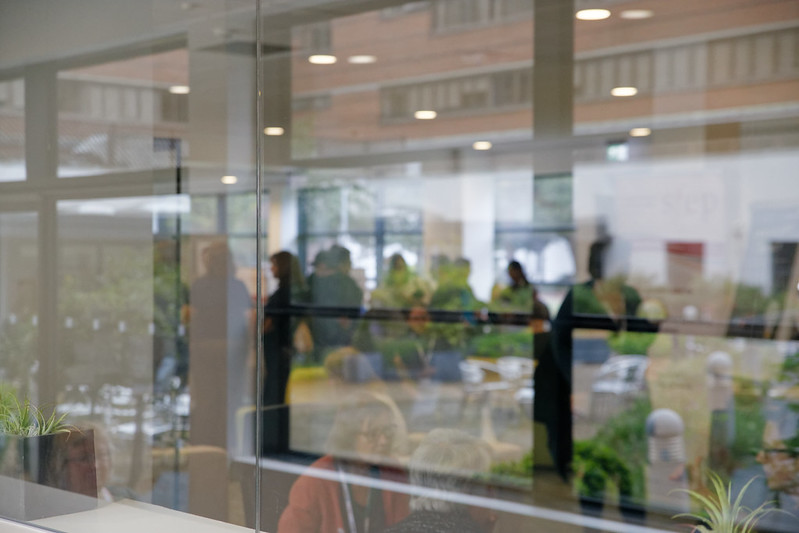
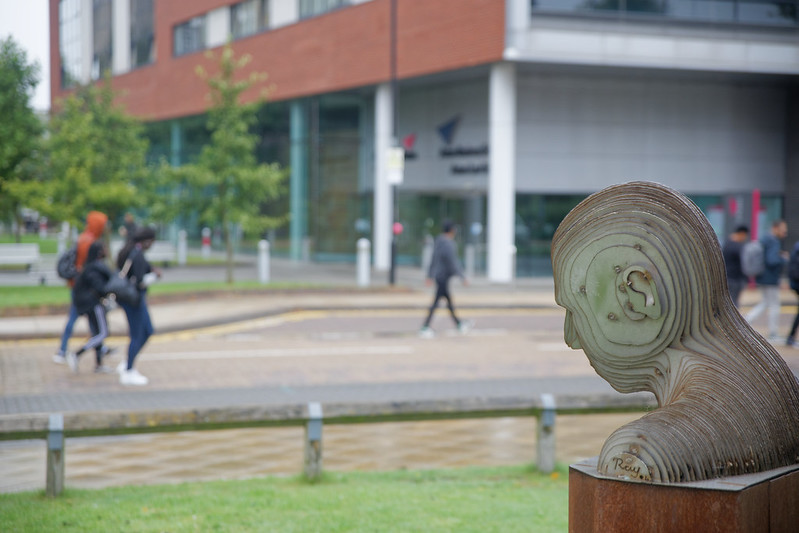


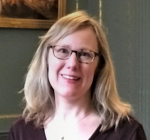






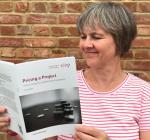

 Louise Harnby is a fiction line editor, copy-editor and proofreader who specialises in supporting self-publishing authors, particularly crime writers. She is an Advanced Professional Member of the Society for Editors and Proofreaders (SfEP) and an Author Member of The Alliance of Independent Authors (ALLi). Find out more at
Louise Harnby is a fiction line editor, copy-editor and proofreader who specialises in supporting self-publishing authors, particularly crime writers. She is an Advanced Professional Member of the Society for Editors and Proofreaders (SfEP) and an Author Member of The Alliance of Independent Authors (ALLi). Find out more at 
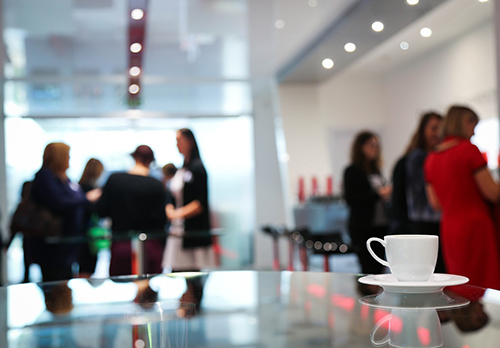
 Carrie O’Grady is a fiction editor and former reviewer for the Guardian. You’ll find her at the Hackney Fiction Doctor or on Twitter at
Carrie O’Grady is a fiction editor and former reviewer for the Guardian. You’ll find her at the Hackney Fiction Doctor or on Twitter at 

 I get lightning talks and elevator speeches muddled up. Both are fast, to the point, explanatory and self-revealing. Well, that’s the point, isn’t it? To tell us something about yourself that we didn’t know in as short a space of time as possible.
I get lightning talks and elevator speeches muddled up. Both are fast, to the point, explanatory and self-revealing. Well, that’s the point, isn’t it? To tell us something about yourself that we didn’t know in as short a space of time as possible.



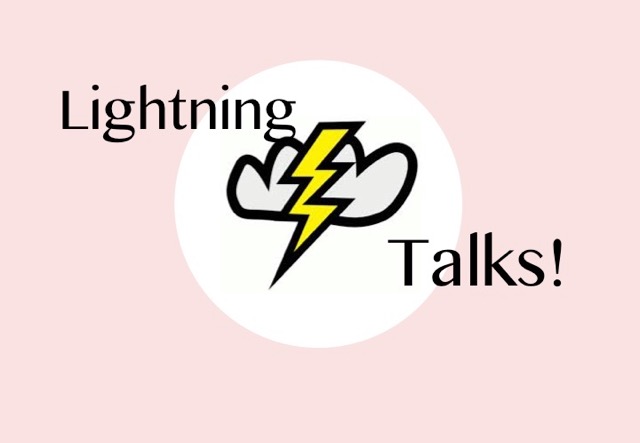
 Susan Milligan joined the SfEP in 2000. She works mainly for educational and academic publishers, academic institutions and administrative bodies. She enjoys involvement in the SfEP Glasgow group, which she helped to start up, and is a mentor in proofreading for the SfEP.
Susan Milligan joined the SfEP in 2000. She works mainly for educational and academic publishers, academic institutions and administrative bodies. She enjoys involvement in the SfEP Glasgow group, which she helped to start up, and is a mentor in proofreading for the SfEP.